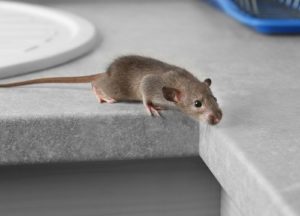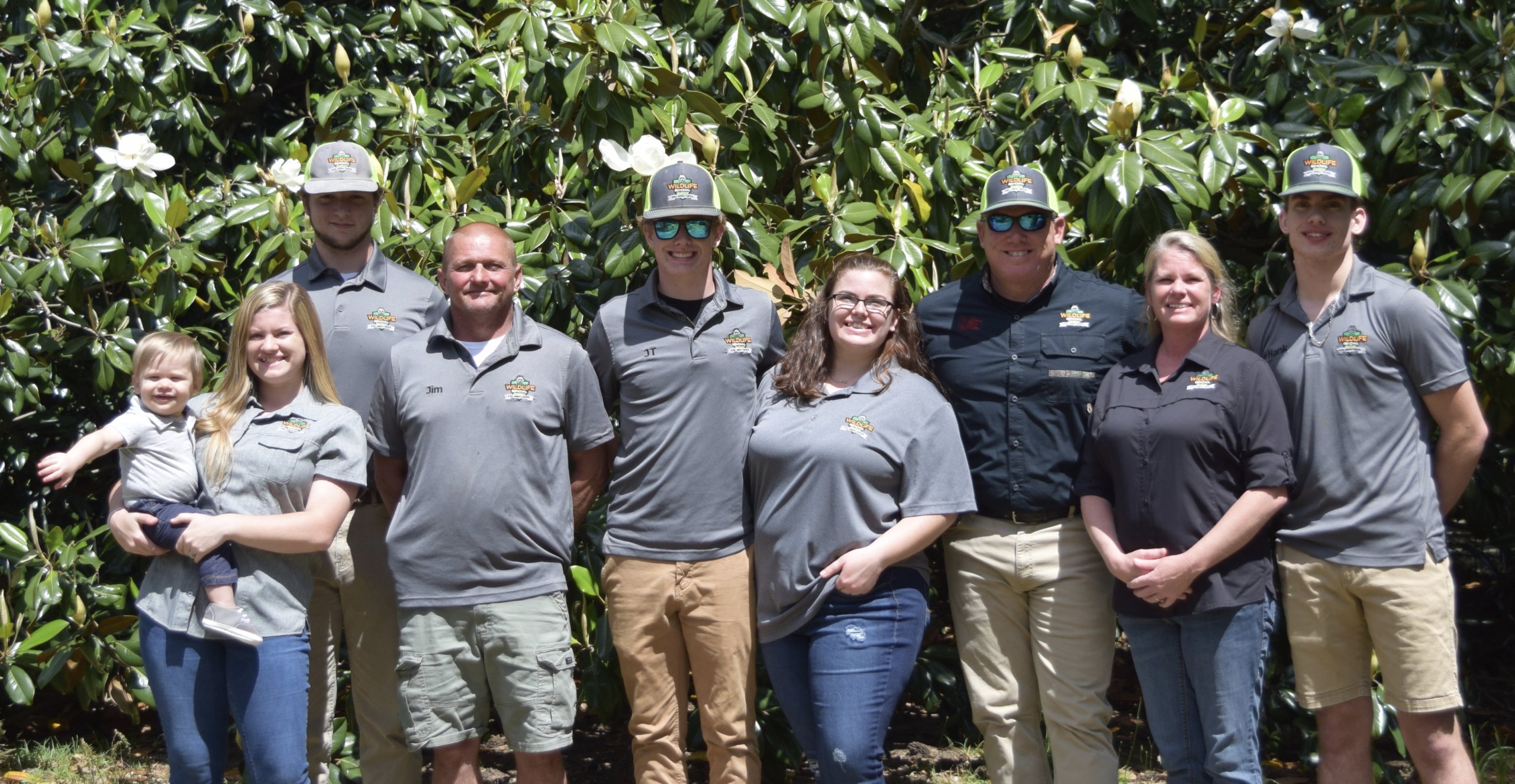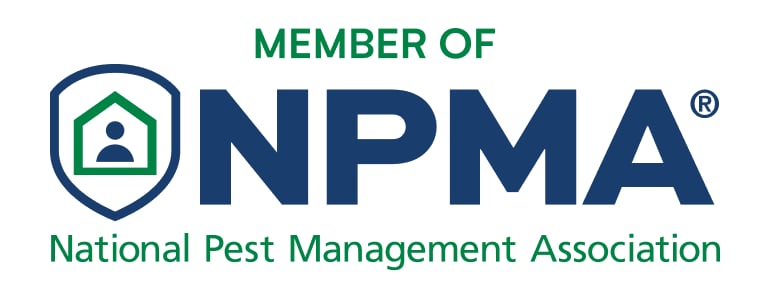AAAC Wildlife Removal of Florence provides quality service for mouse control in the Florence, South Carolina area. Our mouse removal process will involve control methods such as traps to help reduce mouse populations overtime before removing them from their burrows or nests with mouse removal equipment and techniques.
Mouse Removal services in Florence, SC
Mice are a common pest in Florence, South Carolina. One of the common mouse species found in the state is the house mouse. House mice are rodents that live mostly inside residences, businesses, barns, warehouses, and mills. They can enter through window screens, holes, and openings during construction work. Droppings of a house mouse may be found on floors, counters, tables, and even on beds!
They cause problems for businesses and residences by damaging food supplies, gnawing on wires and cables, contaminating the house with droppings or urine stains as well as transmitting diseases like Salmonella. Mice can carry and transmit disease which is why mouse control services in Florence are always the best option. Our mouse removal service pros will be able to help you get rid of mice without any hassle or fuss. Call us now for more information about our mouse pest control service!
Signs of Mouse Infestations
A mouse infestation can be a serious problem that needs to be addressed quickly. If you suspect signs of an invasion or the possibility of one, then it is important that these pests are taken care of properly. Here are some of the signs you might see if you suspect mouse activity:
- Droppings: These will be small pellets about one millimeter in diameter, and they might be found in areas where mice have been living. Mouse feces are often black or brown but could also be white if the mouse is eating a lot of cheese.
- Tracks: Mice leave signs on floors by dragging their feet as they walk.
- Uneaten food: Leftover crumbs may be signs that mice are present.
- Nesting material: These could be signs of nesting activity and should not be touched! House mice may use hair, paper products, or even feces as nesting materials.
- Damage to food containers: Rodents might chew through food packaging on food items which can lead to contamination of food.
- Scratches on furniture or walls: This might mean mice are looking for nesting spots and scratching at surfaces that these pests find attractive.
- Tracks in food: If you find signs of mouse activity in your home, then it is likely that mice are also getting into your groceries!
Some of the signs may not be easy to identify, but if you suspect that you have a rodent infestation, call AAAC Wildlife Removal of Florence today!
Mouse Control Methods
There are many mouse prevention methods that can help prevent mice from invading your home. Some of the rodent control methods include:
Keep food in sealed containers with tight lids
Mice will not go into areas where they cannot smell any signs of food, so it is important to store items away from your home or make sure that you have placed them inside a container before storing them; this could also help keep insects out of your food.
Eliminate food sources
Mice need a constant supply of water, so they can drink and get the nutrients needed to survive. This is why they may try to chew through pipes or electrical wires in order to reach their favorite beverage. Make sure trash cans are covered tightly with lids. Garbage should be stored in metal trash cans with secure lids, plastic grocery bags are also mouse-resistant.
Remove nesting areas
Mouse nesting areas are often found in crevices and corners around the home. Use a flashlight to inspect dark, hard-to-reach spots for mouse droppings or mouse nests. Remove any items that may be attracting mice like pet food bags, old clothing, boxes or other clutter in your home.
Seal off possible entry points
Sealing off any opening can help to prevent mice from entering your property. It is important that every entry point be sealed off, including the attic and crawlspace of the house. One way you can seal these areas are by using steel wool or metal flashing at any potential openings found in walls, floors, pipes, and vents.
Mouse Property Damage and Health Risk
Property damages caused by mice can include chewing on wood, insulation, pipes, and electric wires. If it is not caught early enough, the property can become damaged to a point where repairs will cost more than what you would pay to replace the property with something new.
- Wood: Mice have been known to cause considerable damage by chewing on wood materials and attic insulation. Mice can also gnaw through wood or plastic, which means they could potentially chew their way into a wall and start nesting in the insulation that lines it.
- Insulation: Mice also like chewing away at the insulation that is typically found in the basement and around pipes. Over time this will cause it not to be able to provide the same kind of insulation as it once did, exposing your property to heat and cold.
- Pipes: They will chew on the outside of the pipes to get at any food or water inside and then they’ll continue gnawing to make a hole big enough for them to enter. Once in, they may cause property damage by getting stuck and dying there which could lead them to decomposing either gradually or quickly.
- Electric Wires: Mice can also destroy electric wires if they are not caught early enough. This property damage could lead to fires and other property damages that are hard to fix.
The damage that mice can do to a property is detrimental and could cause a big headache for the homeowner if it’s not handled in time. Give us a call for a rodent control service in the Florence area!
Mouse Droppings
Mouse dropping contains infectious organisms that may cause diseases like Salmonella, Typhus, and Leptospirosis. The most common health risk with rodent droppings is the transmission of bacteria to humans via contact or ingestion. Contact can occur when a person touches mouse poop or sits on an infected mouse dropping. Ingestion can occur when a person ingests mouse droppings from eating food that has been contaminated by mouse urine or feces.
One of the most common health problems associated with mouse droppings in homes is salmonella, which may cause diarrhea and vomiting if ingested. This problem could be caused by someone who touches mouse droppings and then touches food or drinks without first washing their hands.
How to Get Rid of Mice?
Mice get into your home and cause a lot of damage. They chew on anything they can get their teeth on, including wires. If you find any part of the mouse’s body or its droppings in your house, then it is safe to assume that mice have made themselves at home there as well. Here are some mouse traps usually used to get rid of mice:
Glue Traps
One of the common mouse traps is the use of glue boards. This involves spreading peanut butter over an adhesive strip attached to a flat surface such as plywood or cardboard then putting it near where the mouse is seen.
Snap Traps
Snap traps involve setting up a baited area with peanut butter then placing these traps near where you’ve seen signs of mice activity like droppings or scratching noises.
Keep in mind that pros at AAAC Wildlife Removal are always here for your wildlife removal needs. We will get rid of your pest problem quickly and effectively!
Frequently Asked Questions
How do you know if there’s a mouse problem?
Rodent droppings, whether wet or dry, are one sign that mice have invaded your home. Adult-sized tracks in the dust are another indication of an infested area; however, those could also be left by rats.
Mice can be found living in any area of the house; but, they usually prefer to live near food sources like a kitchen where there may be crumbs or other edible items that mice enjoy eating nearby.
What should you do to remove mouse droppings?
Mouse droppings are a health and safety hazard. If you find droppings in your home, remove them promptly to avoid contamination of surfaces that people touch or on which food is prepared. To remove the feces:
- Carefully scoop up as much excrement as possible using stiff paper such as aluminum foil or cardboard; put it in a sealable plastic bag.
- Wash the affected area with soap and water or an appropriate disinfectant, such as chlorine bleach; remove all soiled materials from this area.
- Scrub down any counters or furniture likely to have been contaminated by droppings using hot, soapy water and dry them thoroughly after cleaning.
- Vacuum the area thoroughly to remove all traces of droppings.
- Seal up any holes or cracks in the building that might allow mouse access inside.
What do mouse droppings look like?
Mouse droppings are typically long and thin, about one or two inches in length. They can be brownish-black to grayish-white depending on the color of their fur. Droppings will also have a dusting of dander from their coat. Drops that are too long to be mouse droppings are likely rat droppings.
What should you do if your house has been infested with mice?
If you have a mouse infestation, there may also be an unpleasant smell. They can carry many diseases and parasites, which could be dangerous for your family members. And because of the proximity between food and nesting sites, many people who encounter rodents in their homes will find that their food has been contaminated.
If you’re sure that you have a mouse issue, it is important to take action and contact a wildlife pest control company.
What should you do if there are droppings in the house?
To prevent contamination, you can use a dust mask and vinyl gloves or paper towels, and disinfectant spray. Use vinyl gloves when cleaning any messes that contain mouse droppings. The best way to get rid of mice from your home isn’t by killing them; it’s by removing the food and shelter that attract them in the first place.
How do professionals get rid of mice from my home?
If you have a mouse in your home, the first thing that a wildlife removal specialist would do is identify what type of mouse it is. This can be done by looking for mouse droppings and tail hairs near food or crumbs that mice like to eat. After identifying the type of mouse, take a look at its entry points into your houses such as cracks in the walls, gaps in window frames, and holes around pipes. Next, set mouse traps inside open spaces where mice are most likely to be found such as near food sources or feeding areas into your home. Finally, seal up anyways that mice might enter your home with steel wool.
How hazardous are mouse droppings?
Mouse droppings may carry disease or bacteria. Mouse droppings contain uric acid which is not always easy to clean and can create stains on surfaces, carpets, laundry, etc. Mice are known carriers of diseases such as salmonella, murine typhus, leptospirosis, rat-bite fever, and mouse-transmitted Hantavirus
How to get rid of mice?
Mouse removal experts recommend trapping mice with mousetraps and cleaning the area thoroughly. Mouse bait stations work by attracting a mouse while not posing any risks to pets or children that may be exposed to it. Place these types of baits in areas where you have seen evidence of mice, such as mouse droppings or mouse trails.
Can you get sick from mouse droppings?
Yes, mouse droppings can transmit diseases like Hantavirus Pulmonary Syndrome. Rodents including mice are often a threat to our health and safety as they carry pathogens such as Salmonella, Listeria, E. coli, and most notably the hantavirus – which is fatal in one-third of cases.
How do exterminators get rid of mice?
Exterminators do not get rid of mice. They exterminate them, which means they kill the mouse population in a particular area through various methods, such as chemicals like rodenticides.









